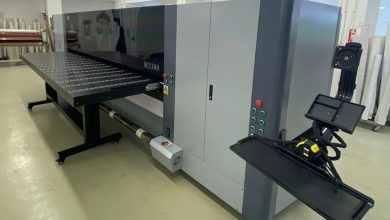Navigating Vehicle Safety When the ABS Warning Light is On

What this means is that your ABS (Anti-Lock Braking System) warning light activates when the ABS system itself has some sort of malfunction, which, in turn, means that your vehicle’s safety system, which is supposed to stop your wheels from locking up while braking, has stopped working. In this short article, I will be discussing the risks of driving with just the ABS warning light on, the steps you need to take to stay safe if you need to drive to the repair shop in that condition, and why it’s better for you to delay driving altogether while awaiting your repair appointment.
What the ABS Warning Light Indicates
ABS WARNING LIGHT will normally show on screen as a yellow or amber coloured icon (often resembling the letters ‘ABS’ or a warning triangle), or as a text light informing that the system is not working correctly. Although the standard brake system will continue to function, the advanced anti-lock features will be disabled until the warning light goes out. Here’s what you need to know:
System: When the door is opened, the system is fully operational.Deactivation of ABS FeaturesThe ABS system helps you to avoid locking up the wheels during sudden braking manoeuvres, so you will still be able to steer.As long as the warning light is on, this system is deactivated, hence, wheel lock-up may occur.
Normal Braking System: Please be advised your vehicle’s normal braking system will still work. However, stopping distances have been reduced and will be further degraded when Crossing on All Wheels (traction loss). Without Cross-Drift Control the vehicle may exhibit a tendency to oversteer (tail slide out).
Essential Precautions While Driving with the ABS Warning Light On
If you have an ABS warning light, proceed with precautions for driving because your vehicle might not be safe.
- Drive with utmost care.
- Pull over your vehicle to switch off the engine.
- Contact your roadside professional for specialized assistance.
Gradual braking and with precision: Apply the brakes smoothly and gently. Hard braking creates a much greater risk of the wheels locking and can cause a skid. Gradual stimulation of the brakes will keep the car in good control.
Increase Stopping Distance: Give the driver ahead more room. More room means a longer reaction time for you, and it gives the other car more time to stop before hitting you.
Lower Speed: Driving at a lower speed gives you better control of the vehicle, and at lower speeds you can react better to sudden changes or other hazards in the road.
Steer clear of fast turns or swerves: These are more likely to cause a loss of control, which is a situation in which ABS can’t help.
Plan Your Drive: Make a route to the repair shop that avoids commonly challenging driving circumstances – heavy traffic and highway hours, multiple intersections, road construction and other road work. A straightforward path lowers unnecessary stress and might decrease risks.
Check tyre condition: Good tread and proper inflation will help you stop shorter, while also helping possible traction loss due to failure of ABS.
Steps to Take Upon Arriving at the Repair Shop
When you visit the repair shop, they perform a few vital steps to diagnose and repair the ABS problem:
For example, to prevent excessive wear on the brake pads, the technician will check that there’s appropriate pressure in the hydraulic hoses, clean out any dirt in the that the control module doesn’t have a damaged memory.
Diagnose And Repair Issues: Technicians will use diagnostic equipment to run tests on the ABS system. Test results produced by diagnostic codes facilitate technician decisions on which part needs to be replaced.
Visual inspection of ABS components: an overall check for damage and proper function including lamps on ABS components, wheel speed sensors, wiring, and hydraulic units.
Test the ABS System: The test will be conducted to check the complete operation of the ABS system as well as to identify the replaced or repaired parts of the system.
Perform Repairs or Replacements Type of damage noticed by the shop via the diagnosis There could be a damaged or incorrectly connected wire, a sensor not operating correctly, and a problem with the ABS control module, etc.
Calibrate System: It may be necessary to recalibrate the ABS system after it is repaired to ensure it operates properly and interacts correctly with your vehicle’s braking system.
Conclusion
If the ABS light is illuminated the ABS is off, braking will be reduced in effectiveness, but remember the safety precautions – drive smoothly, increase your usual time and distance gaps, and slow down and follow the advice of the repair shop technicians to get you back up and running. The advanced diagnostics they perform will ensure your vehicle stops knowing the importance to get home safely with the ABS warning light coming on.




